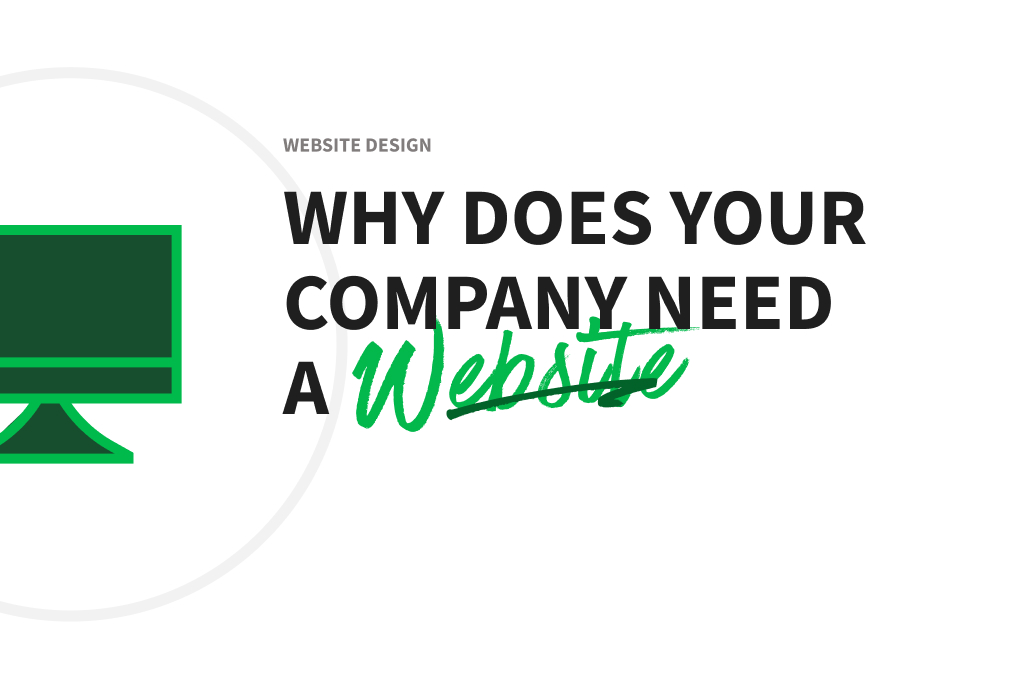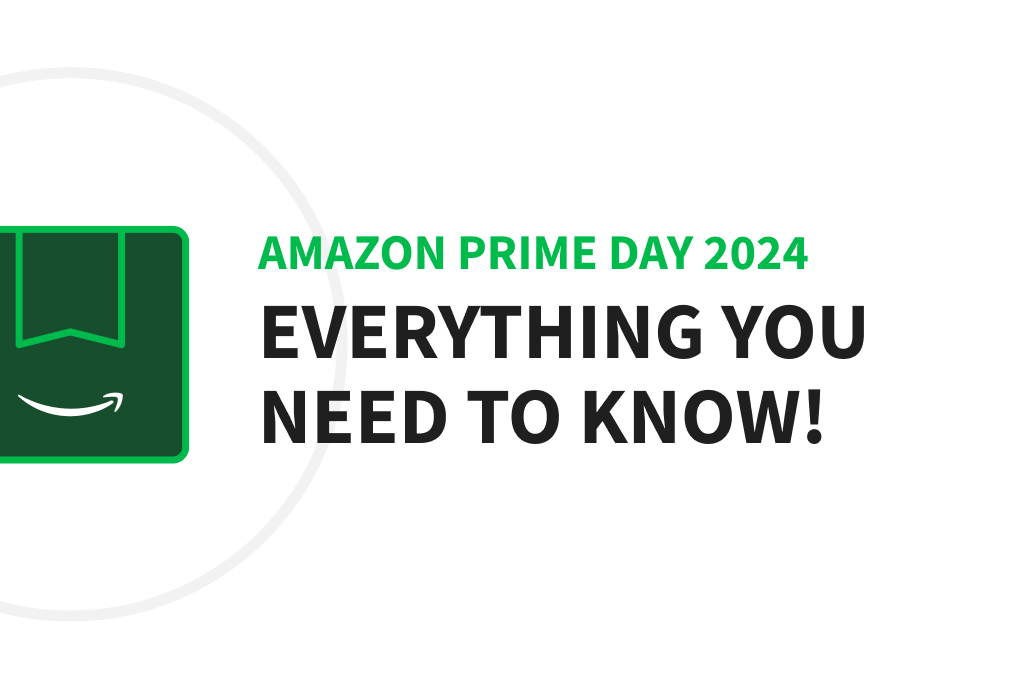As simple as it sounds, content writing is not easy at first. Whether it’s a novel or an article for your blog, it takes time and effort to produce a piece that is both well-written and engaging.
That said, the writing process could be even more difficult if you make some common mistakes along the way – and not just in terms of grammar or spelling (but let’s be honest: those are important, too). In this article, we’ll discuss some common mistakes that all content writers should avoid when writing their next masterpiece.
Are you succeeding in achieving your goals through writing?
1. Writing without a clear idea of your audience

Writing without a clear idea of your audience is like going to a party without knowing who’s going to be there. It’s awkward and uncomfortable, and you’re unlikely to have fun.
The most important thing to remember about content marketing is that it’s all about your audience. Whether you’re writing an article, creating a video, or a digital document like an ebook, make sure you know who you’re talking to and why they should care about what you have to say.
Too many businesses go into content creation without a clear idea of their target audience and end up wasting time creating content that doesn’t speak to anyone in particular. That’s not what you want! You want something that speaks directly to the people who are most likely to buy from you.
Before you start writing, have a clear idea of your target audience, and learn more about their issues and motivations, so that your content answers their questions.
Search intentions may differ from one user to another, depending on where they are in their decision-making process. The goal of knowing your audience is to create the right content that answers their intentions at the right time.
2. Writing without a purpose
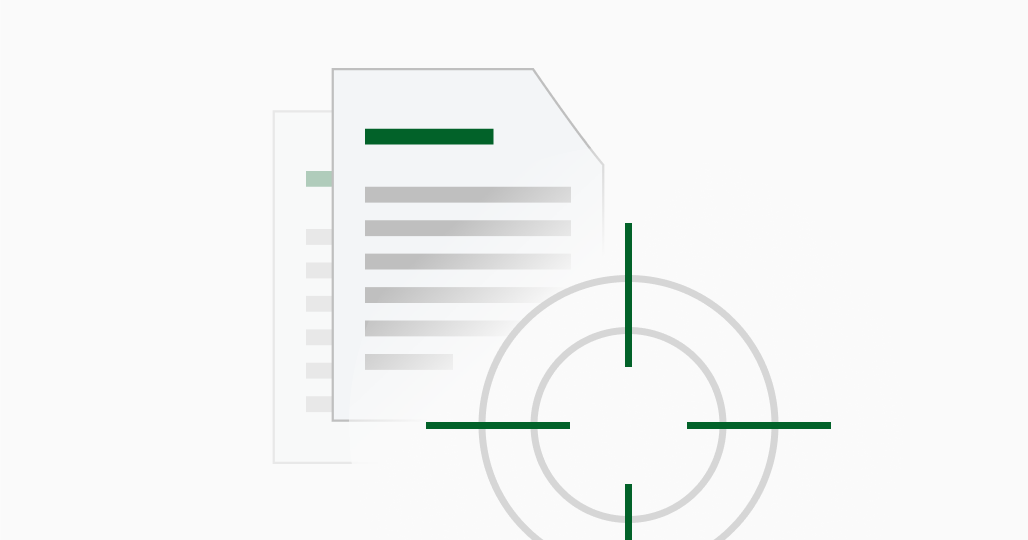
If you don’t know why you’re writing, it will be difficult for readers to understand why they should read what you’ve written. And if they don’t see why they should read your content, there’s no point in spending time writing it.
The purpose of your content is what will help you write better, more engaging copy. Whether it’s to click on a link, sign up for a newsletter, buy a product, or simply inform, the bottom line is that you want your audience to perform a certain action, and to do that you need to tailor your writing to meet their needs.
So whatever the purpose of your content is, it’s important that you keep it in mind when you’re writing, so that all of your words are aimed at that purpose. If you forget your objective from time to time and start writing whatever comes to mind without asking yourself if people will really want to read it? Then… those words won’t do much good!
In fact, the queries that users use to search for a certain topic give us insight into their intent. That’s why it’s important to phrase keywords with intent-specific words to increase the chances of being seen by your audience.
The search terms are divided into 4 categories
1. Informational Intent
Searches that aim to find out more about something. Example: What are good winter boots?
2. Navigational intent
Searches that aim to find certain information or a specific website. Example: Nat’s winter boots
3. Commercial intent
Search for information about a specific product or service before making a purchase decision. Example: Nat’s winter boots vs Sorel’s winter boots
4. Transactional intent
Searching to purchase a product or service at that specific time. Example: Buy Nat’s winter boots
3. Ignoring SEO best practices

SEO, or search engine optimization is a very important aspect of online content marketing. It can be difficult to keep up with all the SEO-related best practices and how they apply to your content strategy.
Here are some basics of SEO best practices
1. Keywords
The words you use in your articles should include keywords relevant to the topic you are writing about and also popular search queries for those topics. You might think this is obvious, but many people ignore it! Remember that using specific keywords will help you rank higher on search engines like Google when people type in those types of phrases in their queries. You can use Semrush for your keyword research. It will give you a clear idea of the search volume and difficulty of the keywords.
2. Meta tags
These are tags that describe the content of your page inside the HTML code itself (so they are not visible). They include the title tag (which appears at the top of every page), the meta description tag (which appears at the bottom of every page), and other metadata such as the Open Graph tags that help Facebook create rich previews for posts that link back here.
3. Alt tags
Images embedded in the text are not always displayed by default. So when embedding images in your blog, for example, be sure to write ALT text. And remember, always write your alt text as if you were describing the images to a blind person.
Can’t achieve your goals through content writing?
4. Ignoring the user experience

It may seem obvious, but the content written for the sake of being written is usually not very effective especially when you ignore the user experience as well. Instead, you should focus on creating content that will help your readers accomplish something, whether it’s reading about how to use your product or learning more about a problem they’re facing.
It’s also important to remember that your content doesn’t have to be boring! You can incorporate interesting visual elements (including images and videos) without distracting your content.
Your website, as well as your content, should be mobile and computer friendly to satisfy your audience.
To go into more detail, there are 3 metrics, Core Web Vitals, that evaluate the user experience when loading a page: When a site reaches Core Web Vitals thresholds, a study showed that users were 24% less likely to abandon the page load.
Core Web Vitals metrics
1. LCP – Largest Contentful Paint
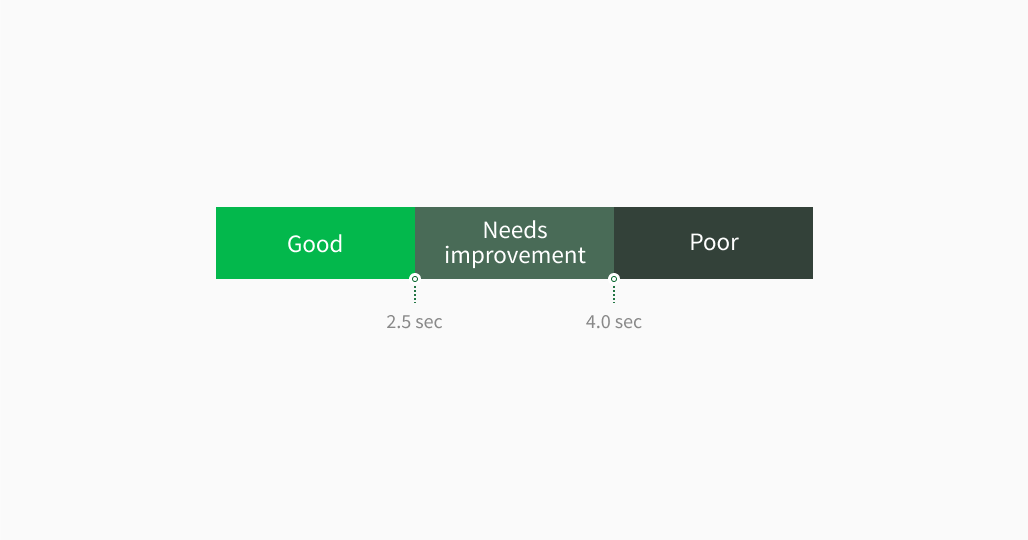
LCP represents the speed at which the main content on the page loads. It measures the time from when the user clicks on a page to download it to when the content appears in the viewport. Content here includes larger elements such as images, videos, and text elements. A good LCP score occurs in 2.5s or less.
2. CLS – Cumulative Layout Shift
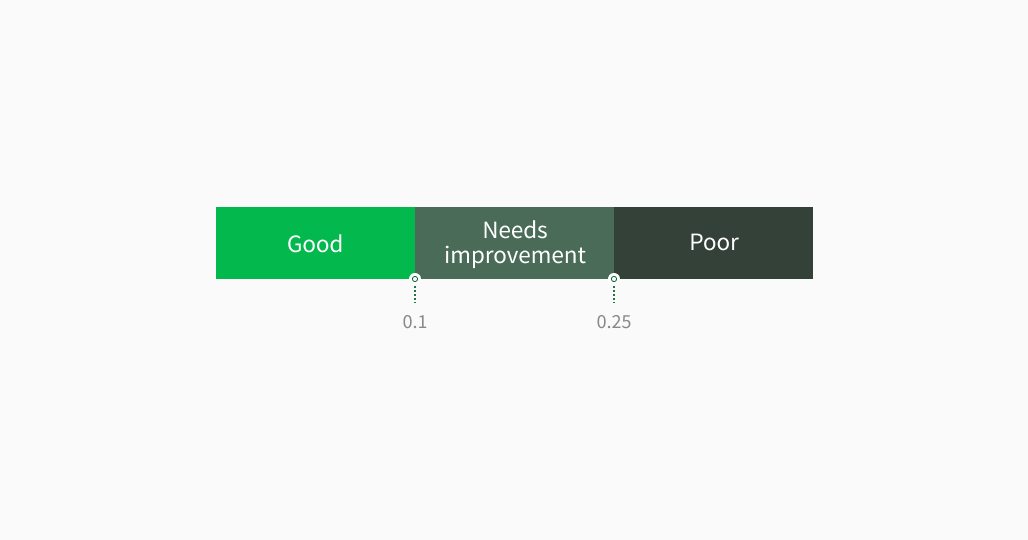
The Cumulative Layout Shift represents the visual stability of the elements on a page. It measures the number of unexpected changes in a web page. This occurs when certain elements change position a few moments after the page has loaded. To ensure a good user experience, a website should have a CLS score of 0.1 or less.
3. FID – First Entry Delay
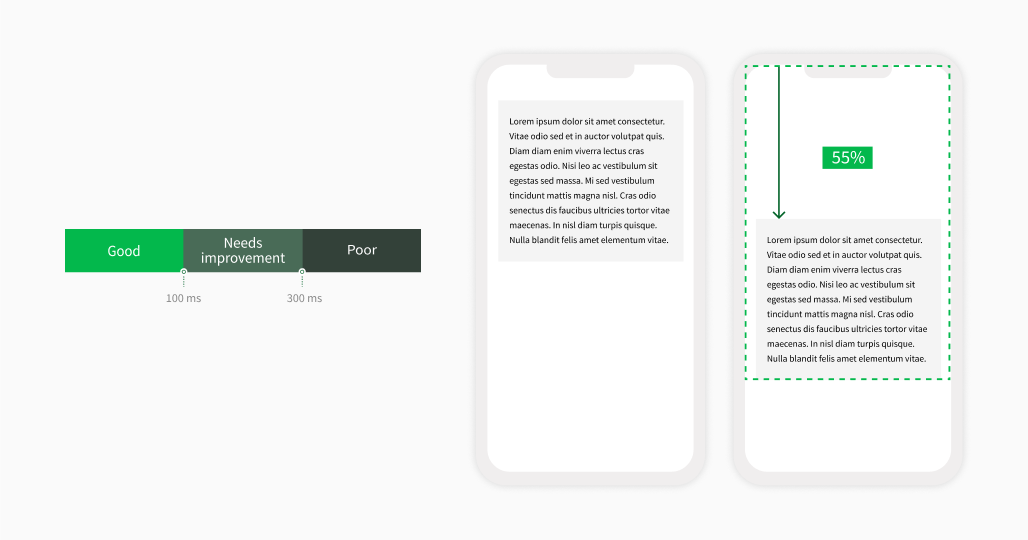
First Input Delay measures the time between when a user first clicks on a button or link on a page and when the browser actually processes the user’s input and responds to that interaction. The user experience is considered good when the FID is less than or equal to 100 ms.
The optimization of vital web elements is an important ranking factor, along with content. It is therefore very important to pay special attention to the technical aspect of SEO.
To better understand the delay of the first entry, here is a visualization of web.dev:
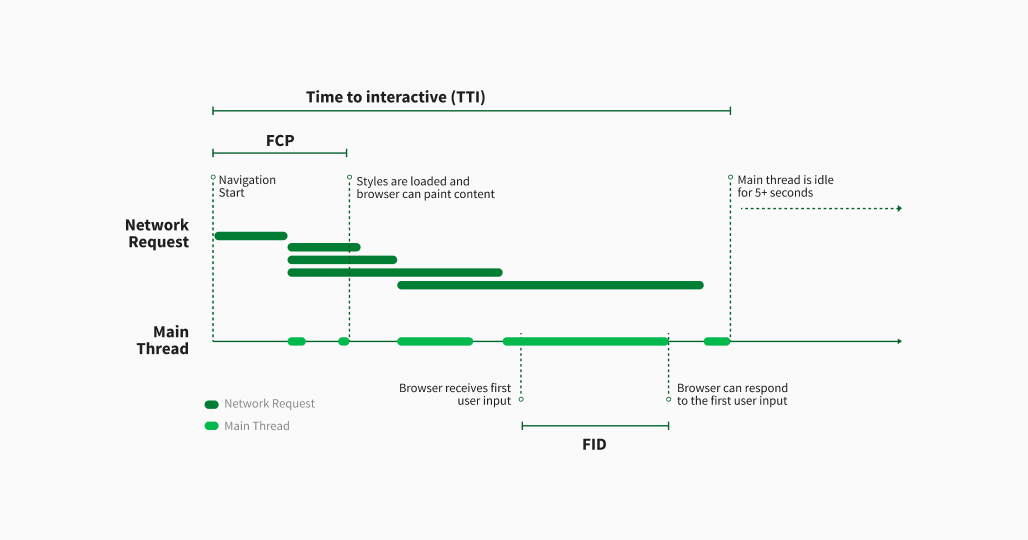
5. Not having an editorial calendar

An editorial calendar is a tool that helps you organize your content and streamline your writing process. It can help you be more productive by giving you a clear vision of what needs to be written and when, so you don’t have to scramble to write something at the last minute.
Creating an editorial calendar is all about determining the type of content you’re going to produce. This will help you determine how often you should publish it and what types of topics it should cover.
Here are some benefits of having an editorial calendar
- Improve time management
- Plan on which channel your content will be published
- Plan content around important events in advance
- Have a consistent publishing frequency
- Have an overview
- Increase productivity
- Reduce stress
6. Ignore internal links
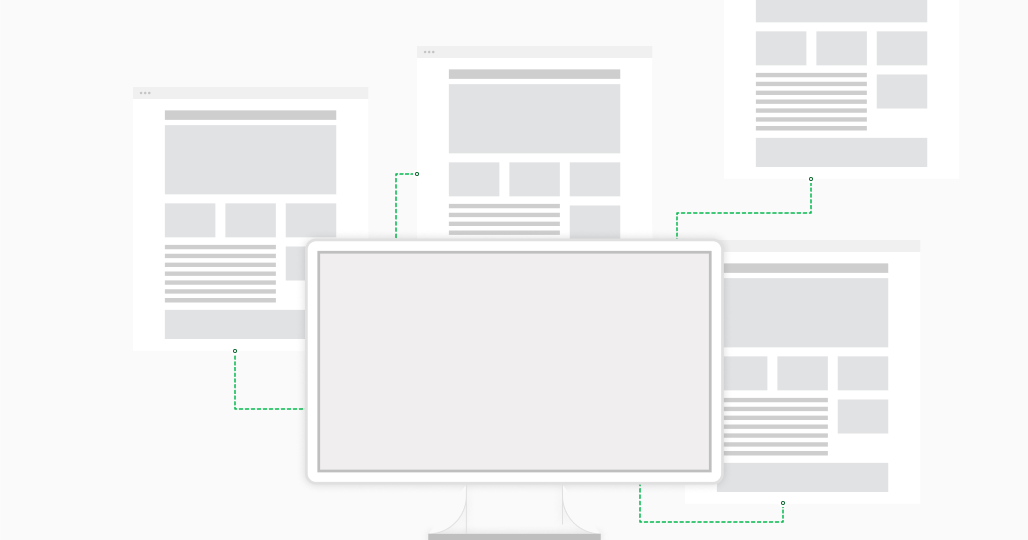
When writing content, it’s important not to forget about internal links. Embedding your links in the text is one of the best ways to help readers navigate through your content. It’s basically linking a page on your website to another page on your website. Internal links are something that most writers overlook when optimizing their content for search engines.
The reason internal links are so important is that they make it easier for Google to crawl your site and index your content. If you don’t have internal links, Google has to start from the home page and crawl each page to find all your content, which can take a long time depending on the number of pages. You can read more about internal links here.
Are you experiencing difficulties in writing content?
Are you ready to avoid these mistakes in your content writing?
Content writing is a skill that can be learned with practice and patience. It’s not just about knowing what words to use and how to put them together, but also about understanding the needs of your audience. When writing content, it’s important not to forget about internal links to make it easier for your readers to navigate the website.

